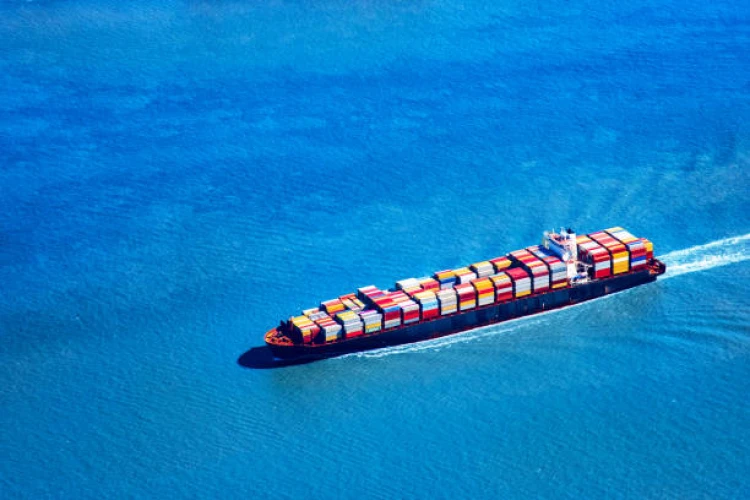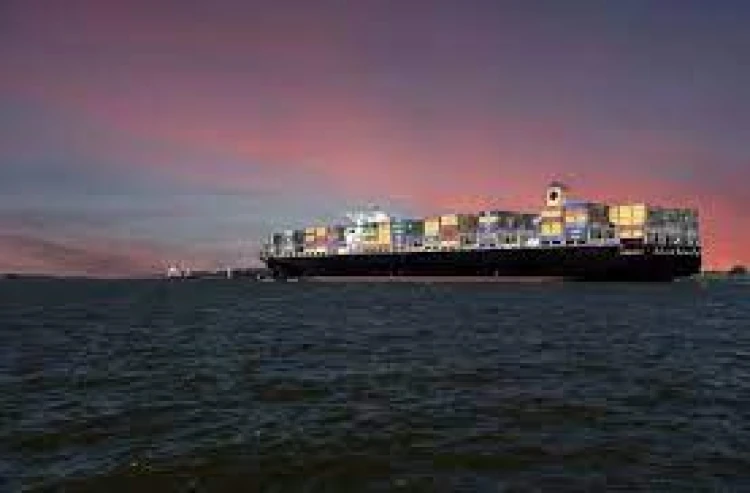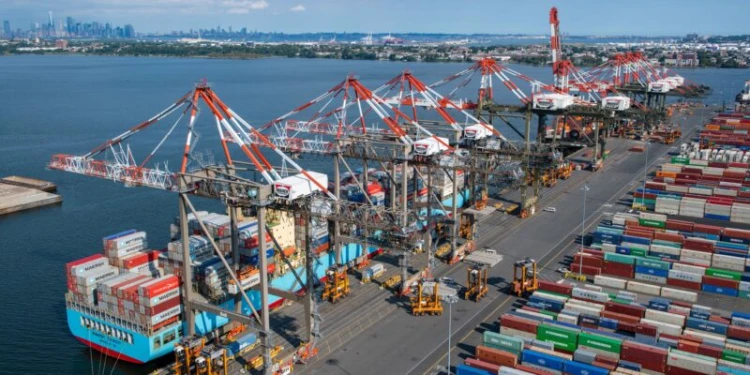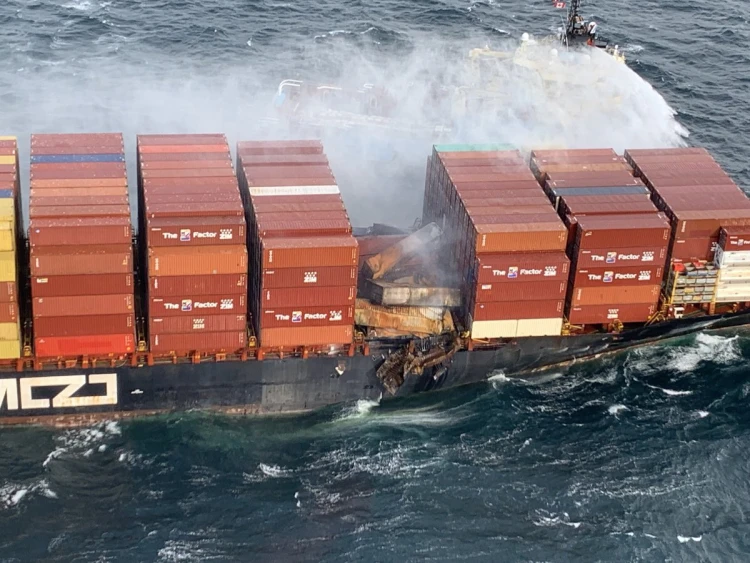Powering the fleet with alcohol
Sunday, 28 July 2024

Between COP1 and COP28, world CO2 emissions have gone from 23.5bn tons to an all-time high expected in 2023 of 37.5bn tons, a cool 60% increase. But this terrible trend is about to change and shipping will do its bit: an announcement has been made during the COP28 by a small group comprised of shipping companies and countries.
Their message: we are going to make shipping clean. Great, except that two members of that group (Maersk and CMA CGM) have already made a call which is that methanol is the fuel of the future. A strange call as methyl alcohol, the other name of methanol, contains carbon (CH3OH). Its combustion is therefore releasing CO2.
Now for some facts about shipping and methanol. The world fleet consumes about 330m tons of fuel or fuel equivalent per annum. The calorific value of methanol is about 2.33 times less than the one of traditional fuels which means that to power the world fleet with methanol a supply of 760m tons (330*2.3=769) is required. Today the world production of methanol is about 110m tons. Powering world shipping with methanol would therefore require to multiply world production of methanol by eight ((110+769)/110=8) while at the same creating a worldwide distribution network.It will take years/decades to achieve.
As a point of comparison world methanol production has only increased by 45m tons between 2013 and 2023.
Today methanol is mainly produced by “reforming” natural gas (65%) or using coal (35%). A dirty process and therefore methanol produced that way cannot fuel shipping. Methanol must be produced through a clean process which is falling under one of two categories: biomass and e-fuels. Biomethanol can be made out of biogas using renewable electricity the same way it is made out of natural gas. The biomass used is mainly comprised of crop and forest residues and some municipal solid waste. Two tons of biomass are necessary to produce one ton of methanol. Powering the world fleet would therefore require about 1.5bn tons of biomass feedstock. According to the IEA growing demand for bio/renewable fuels (biodiesel, biojet fuels, etc) will result in a feedstock supply crunch before 2027.
Looking now at so-called e-methanol – i.e. methanol produced by combining CO2 extracted from the atmosphere and hydrogen produced through water electrolysis using renewable electricity – the outlook is worse. About 10m watt hours are required to produce one ton of e-methanol which translates into a cool 7,600 terawatt hours to power the world fleet. As a comparison in 2023, the total world production of renewable electricity is expected to be 7,000 terawatt hours.
In short powering the fleet with e-methanol would require a doubling of the existing installed capacity. Using world solar PV generation as a reference point where some 1,300 tera watt hours were produced in 2023, it would need to be multiplied by nearly six only to satisfy the production of e-methanol.
A last point which is potentially a huge one: a molecule of clean methanol is the exact same as a molecule of dirty methanol which is a very strong invitation for fraud. So it seems that even without looking at the CO2 reduction merits of methanol on a lifecycle basis, methanol cannot be the fuel of the future for shipping although there is no doubt methanol will be used to power some ships as in fact it is already used. Methanol will be a micro solution not a macro solution and the same goes for ammonia and hydrogen.

06 January 2025
Hurricane Beryl trims cargo volumes in Houston and New Orleans

25 January 2025
Container freight rates tumble

08 February 2025

